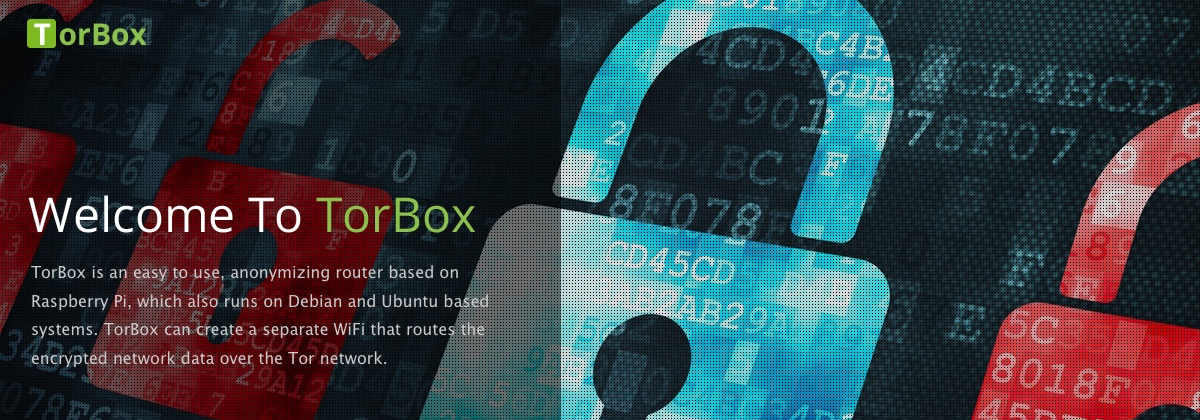It is not surprising that technology is playing an essential role in the fight against the coronavirus pandemic. However, this pandemic is the first of its kind to use modern technologies such as artificial intelligence (AI) for almost real-time responses. This can be seen, for example, with Nextstrain, where the geographic spread and mutation of the virus can be tracked by examining its genetic code. Sequencing is an important, fundamental technology here that makes a detailed understanding of the virus and insights into combating the pandemic possible. It has been possible to identify the nucleotide sequence of a DNA or RNA molecule since 1995. However, there has since been breathtaking progress that has revolutionized the biological sciences.
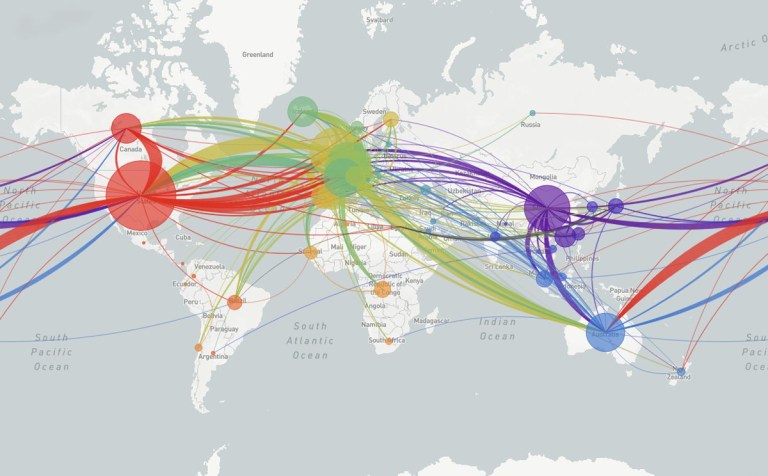
The progress of the past 25 years can be seen in the speed with which the coronavirus could be sequenced entirely. While the SARS (SARS-CoV) virus took about three months to sequence, the novel coronavirus was sequenced within a month, with the results published January 10, 2020, by Professor Zhang Yong-Zhen of the Shanghai Public Health Clinical Center. While globalization made it possible for the virus to spread worldwide quickly, global networking is helping to investigate the virus with its unique scope and nature. Specialized laboratories that have acquired the necessary molecules for a few thousand dollars can use the published genome sequence to assemble a copy of the virus, inject it into a cell, and activate it. Of course, there is also a certain risk associated with this ability, as was demonstrated 20 years ago when a deadly virus was produced from an emailed genome sequence. In order to prevent this technology from falling into the wrong hands and being used for the wrong purpose, orders placed in the United States for specific pieces of DNA are recorded in a database and are only delivered to authorized laboratories. Besides, the technological hurdles for the laboratories remain quite high (for now). The big advantage of this technology is that specialized laboratories around the world can research a virus without the need for a live sample from a contaminated area. Ralph S. Baric, a US coronavirus expert, sees this technology as the future of how the medical research community will respond to new viral threats. In 2008, his laboratory at the University of North Carolina had synthesized a coronavirus for study purposes that have been not existing in nature.
We are at the point where the best of the best can start to synthesize this new virus contemporaneously with the outbreak. But that is just a few labs. Fortunately, we are still far from the point when lots of people can synthesize anything.
Nicholas G. Evans, cited in Antonio Regalado, “Biologists Rush to Re-Create the China Coronavirus from Its DNA Code“, MIT Technology Review, 15.02.2020.
Technologies based on AI not only accelerate the sequencing and analysis of genomes but are also used to support diagnostics and research. Although the analysis of a nasopharyngeal swab is the most common method of a COVID-19 diagnosis, if there is a lack of test kits or if the patient population is very high, AI techniques can use CT scans of the lungs on a triage basis to identify those patients that are most likely to be infected. However, it is rather questionable whether this technique alone can also be used to diagnose an infection. Besides, the diagnosis of a nasopharyngeal swab is more reliable and cheaper if there are enough test kits. By contrast, the use of AI makes more sense when searching for and developing effective treatment and vaccination options. For example, Insilico Medicine used AI techniques to identify thousands of molecules for potential drugs in just four days and published the results on its website. Nevertheless, AI cannot solve every problem: before new treatment methods, or vaccination options can be used, they have to pass time-consuming clinical tests, which cannot be accelerated with modern technologies. It is, therefore, still unlikely that vaccination will be available on the market before the third quarter of 2021. An overview of all the currently researched treatment methods and vaccination options can be found here.
At the beginning of the coronavirus pandemic, there was not only a shortage of test kits in some countries, but with the high number of patients in intensive care units, there were also not enough valves and face masks needed to support the breathing of patients. There was also an inadequate supply of personal protective equipment for medical personnel. In part, such supply issues could be alleviated by using 3-D printers. For example, the Italian start-up Isinnova reverse-engineered a valve that is important for patient ventilation with the permission of its manufacturer Intersurgical, 3-D printed it, and made it available to hospitals in northern Italy. Isinnova has also manufactured a valve that can be used together with the Decathlon Easybreath snorkel mask as an oxygen mask in hospitals. The company Materialise, in turn, is offering a wide range of different products from its 3-D printers: face mask holders, face shield holders, respiratory masks, door openers, and shopping cart holders. In a comprehensive article that he is continuously updating, Michael Petch is tracking the wealth of 3-D printed products being created in response to the coronavirus pandemic.
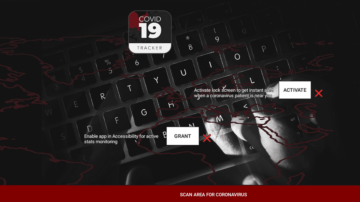
alleged corona tracking app.
Networking plays a central role in all of these technological approaches. However, this networking can have negative consequences when the widespread fear and high demand for information are exploited. In the early stages of the coronavirus pandemic in Europe in particular, false information that spread via WhatsApp and Telegram encouraged panic buying. Since the retailers were unable to replenish their shelves quickly enough for logistical and personnel reasons, the gaps suggested a non-existent supply problem, which only exacerbated the hoarding.
In the area of cybercrime, attacks using phishing emails are increasingly being used. These emails usually pretend to contain important information or offer behind a link or a document that presents itself as time-sensitive, but then download malicious and spy software or steal data, as was the case with the two alleged emails from the German bank Sparkasse and the WHO. However, even the mere dissemination of false information can cause physical damage, as demonstrated, for example, by the probable 2,850 methanol poisonings and the resulting 480 deaths in Iran. In this case, it was claimed that drinking industrial alcohol would kill the virus. As another example, in the UK, 5G cell towers were set alight because conspiracy theories claimed that the coronavirus pandemic and 5G were related. Ransomware is a particular type of malware that encrypts the contents of data carriers and only decrypts them once a “ransom” has been paid. For example, ransomware for smartphones lurked in an alleged corona tracking app. Computers in hospitals and medical laboratories are also being targeted by ransomware. In mid-March, for example, the Champaign-Urbana Public Health District in Illinois paid a $350,000 ransom to get its decrypted data.
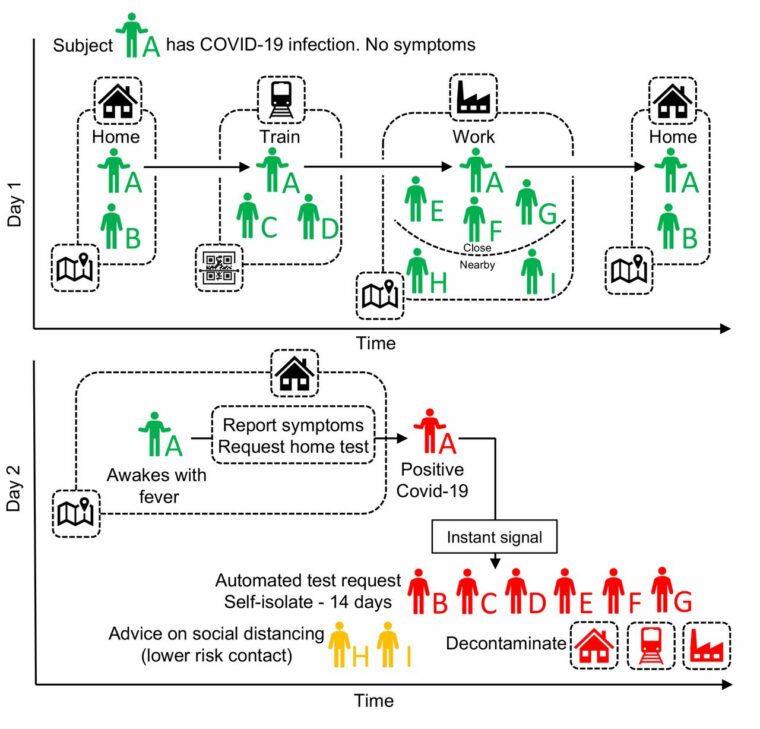
The threats to society that arise from the expansion and increasing use of surveillance options are at a more strategic level. Already end of April, 23 countries had introduced digital contact tracing, and 43 apps existed worldwide that enabled contact tracing. However, not all of these apps are effective or secure. The apps, all of which only use GPS, fail to provide enough precision to prevent false reports. Ten countries have gone even further and have been using facial recognition cameras (in Russia, for example); others have been added heat sensors (for example, China and Singapore), surveillance drones (for example, Australia, China, and India), and networked video surveillance systems (for example, Singapore). Censorship measures have been tightened in at least twelve countries (for example, in China, Cambodia, and Singapore), and internet access has been restricted in at least four countries.
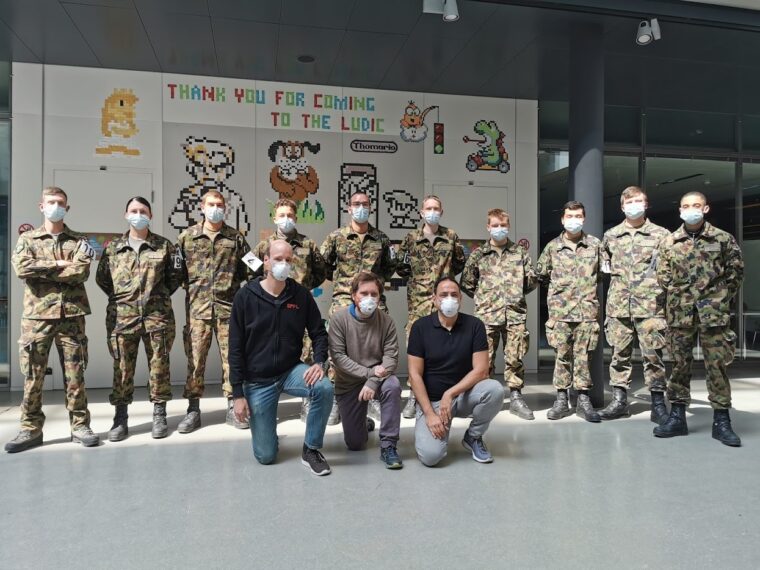
If data is to be recorded, collected, and evaluated using a contact tracing app, for example, to combat the coronavirus pandemic, certain basic conditions must be observed from an ethical perspective. Proportionality must be the first priority, i.e., data collection must be proportionate to the seriousness of the threat to public health or the restriction of public life. The consequences that the restrictive measures designed to contain the pandemic will have on other freedoms and the health consequences in the absence of such restrictive measures fundamentally affirm an ethically justifiable use of contact tracing apps. However, such apps, as well as the data collected and evaluated by them, must be restricted in such a way that they are used only for this one goal, i.e., to warn someone that has come into contact with a person diagnosed as infected. The app and data must not be misused for other purposes, lawful or otherwise, such as criminal investigations, anti-terrorism efforts, etc. In addition, there needs to be scientific proof that the solution delivers the intended added value, which is why contact tracing apps based exclusively on GPS are ethically questionable due to their inaccuracy. Besides, the data collected should be anonymized effectively and stored as decentrally as possible. Information on the recording, collection, and evaluation of data must be provided transparently; this also includes keeping the source code for such apps open. The purpose of the transfer of data to third parties must be clear to the data subjects, and they must be able to rescind permission to such data collection in the future. The use of such apps, as well as the provision of the data, must be voluntary and only for a limited time. When an effective vaccine becomes available, the data collection must be stopped, the app and existing data have to be deleted.
